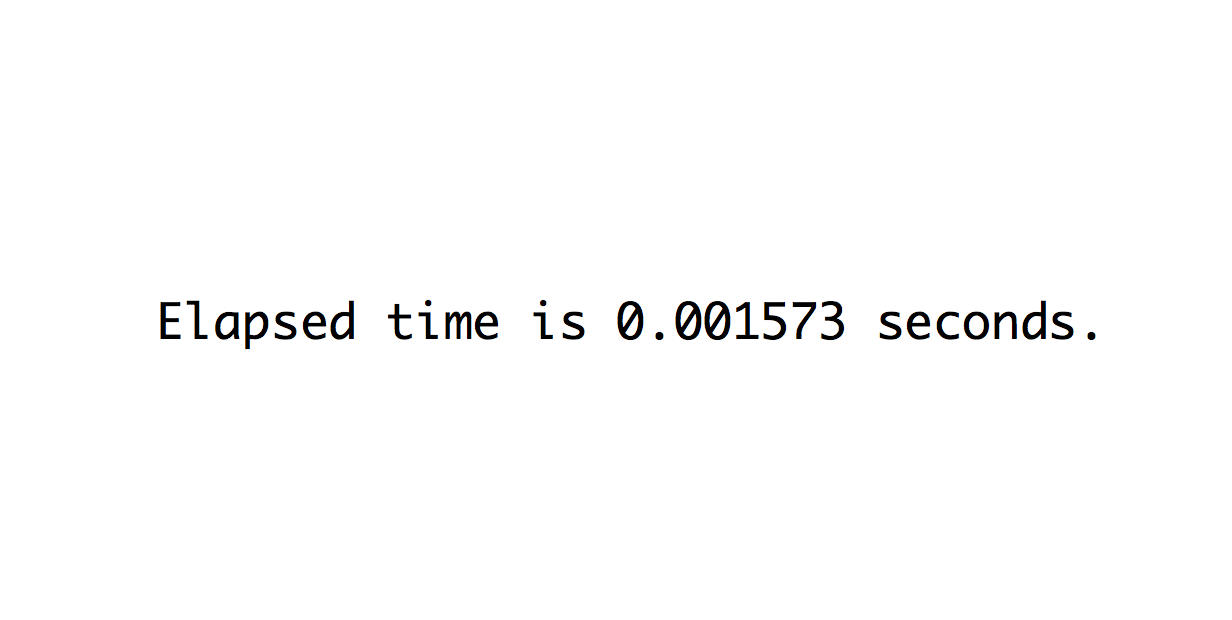 If your MATLAB script is too slow you may wish to find out in which part of the script the time is wasted. There are many ways to find the time consuming part of the script, for example the Profiler function Run and Time, but the simplest way is tic and toc to be included in a MATLAB script.
If your MATLAB script is too slow you may wish to find out in which part of the script the time is wasted. There are many ways to find the time consuming part of the script, for example the Profiler function Run and Time, but the simplest way is tic and toc to be included in a MATLAB script.
The function tic starts a stopwatch timer to measure performance. The function toc reads the elapsed time from the stopwatch timer started with the tic function. You can use
tic,toc
to simply measure the time between two subsequent commands in MATLAB, which is about
Elapsed time is 0.000005 seconds.
on my computer. We were interested in this when we were thought about sending and receiving signals in the MATLAB/LEGO MINDSTORMS project: how much time actually passes between two commands in a procedural MATLAB code? If the first line of MATLAB code generates a pulse-shaped sound of a sender, can the receiver actually hear this sound when it is read in the next line of MATLAB code?
Two more relevant examples of the use of tic and toc is to demonstrate the importance of workspace utilization and allocation, and growing variables in for loops to be avoided. As an example, let us calculate the logarithm of i times j, for each 1000 values of i and j. First, we do this without pre-allocating memory for the resulting array A, and second we actually do pre-allocate memory by creating an array of i times j zeros.
clear, clc
n = 1000, m = 1000
tic
for i = 1 : n
for j = 1 : m
A(i,j) = log(i*j);
end
end
toc
clear A
A = zeros(n,m);
tic
for i = 1 : n
for j = 1 : m
A(i,j) = log(i*j);
end
end
toc
The difference is dramatic,
Elapsed time is 0.288219 seconds. Elapsed time is 0.057361 seconds.
using pre-allocation of memory reduces the computing time to 20%. MATLAB does not, different from other languages such as FORTRAN77, require the definition of the dimension and type of an array. However, for and while loops that incrementally increase the size of a data structure each time through the loop can adversely affect performance and memory use and therefore pre-allocating the maximum amount of space for the arrays is recommended.
The second example of the use of tic and toc is to compare for loops with vectorized loops. MATLAB documentation always recommends to use vectorization for operations involving arrays. Vectorization describes revising loop-based, scalar oriented code to use MATLAB array operations. The advantage of vectorized code, according to the documentation, is that the code appears more like tha mathematical expressions found in textbooks, making the code easier to understand. Furthermore, the vectorized code is much shorter than code with loops, reducing the opportunities to introduce programming errors. Last but not least the vectorized code runs much faster than the corresponding code containing loop, as the following example demonstrates.
clear, clc
n = 1000, m = 1000
A = 10*ones(n,m);
B = zeros(size(A));
tic
for i = 1 : n
for j = 1 : m
B(i,j) = log(A(i,j));
end
end
toc
clear A B
A = 10*ones(n,m);
B = zeros(size(A));
tic
B = log(A);
toc
which yields
Elapsed time is 0.064817 seconds. Elapsed time is 0.001388 seconds.
Despite the pre-allocation of memory, the vectorized version takes only about 3% of the for loop, which underlines the importance of vectorization when programming with MATLAB.
